Hello, I’m excited to share with you the fascinating world of finches in Missouri!
These small and colorful birds belong to the family Fringillidae and are known for their unique beaks and beautiful songs.
In this article, we’ll be exploring 11 different types of finches that you can find in Missouri, including their physical characteristics, habitats, and behaviors.
Whether you’re a seasoned birder or just starting out, there’s something here for everyone to learn and appreciate about these delightful creatures.
So let’s dive in and discover the world of finches in Missouri together!
| Image | Name |
|---|---|
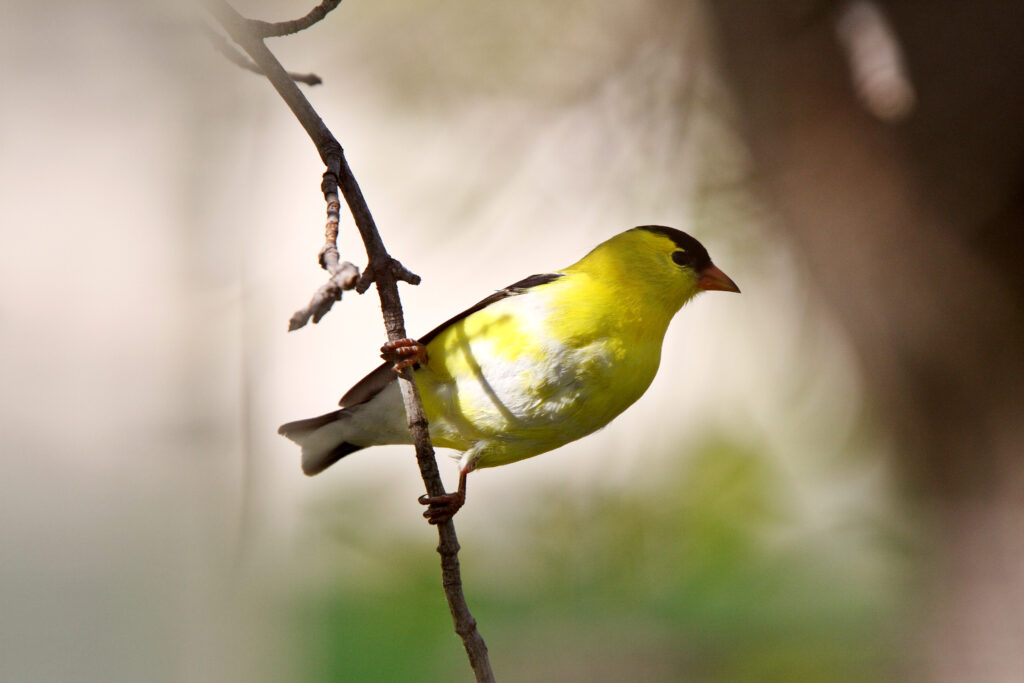 | American Goldfinch |
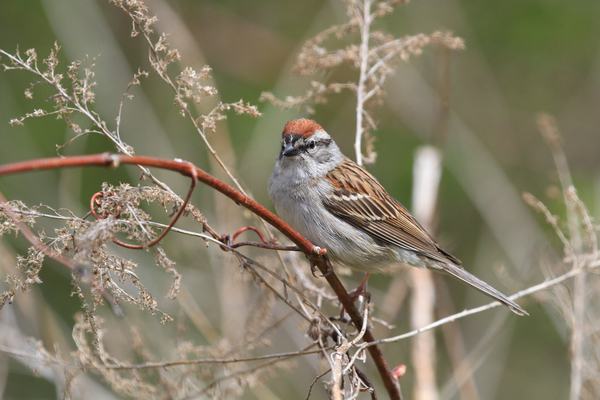 | Chipping Sparrow |
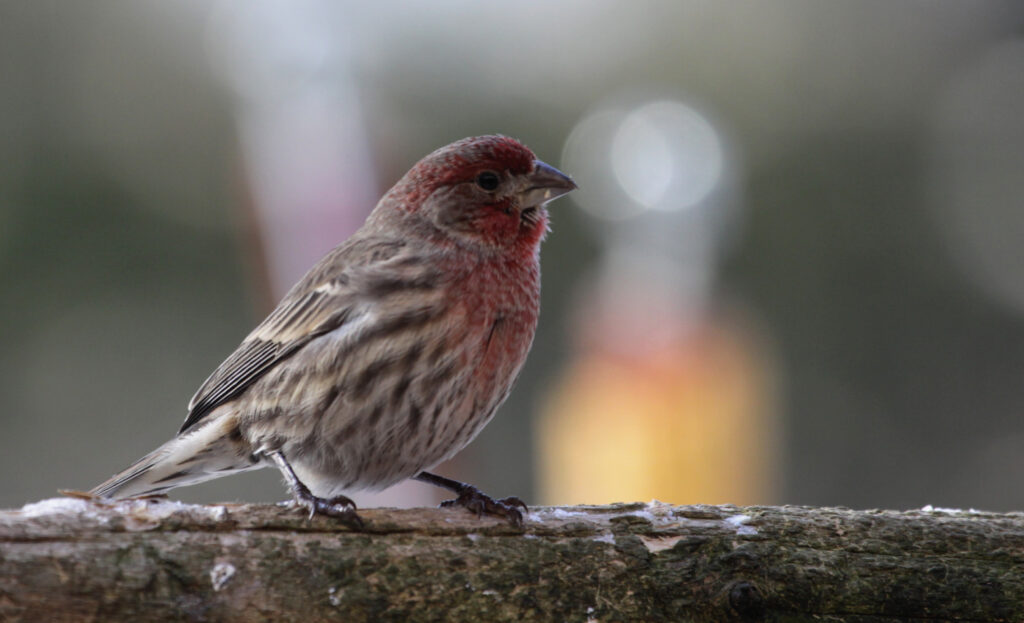 | House Finch |
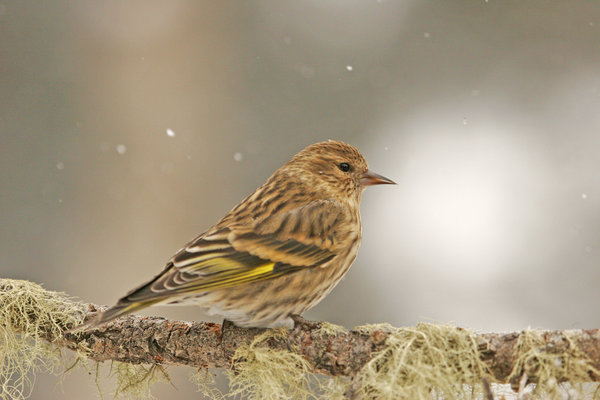 | Pine Siskin |
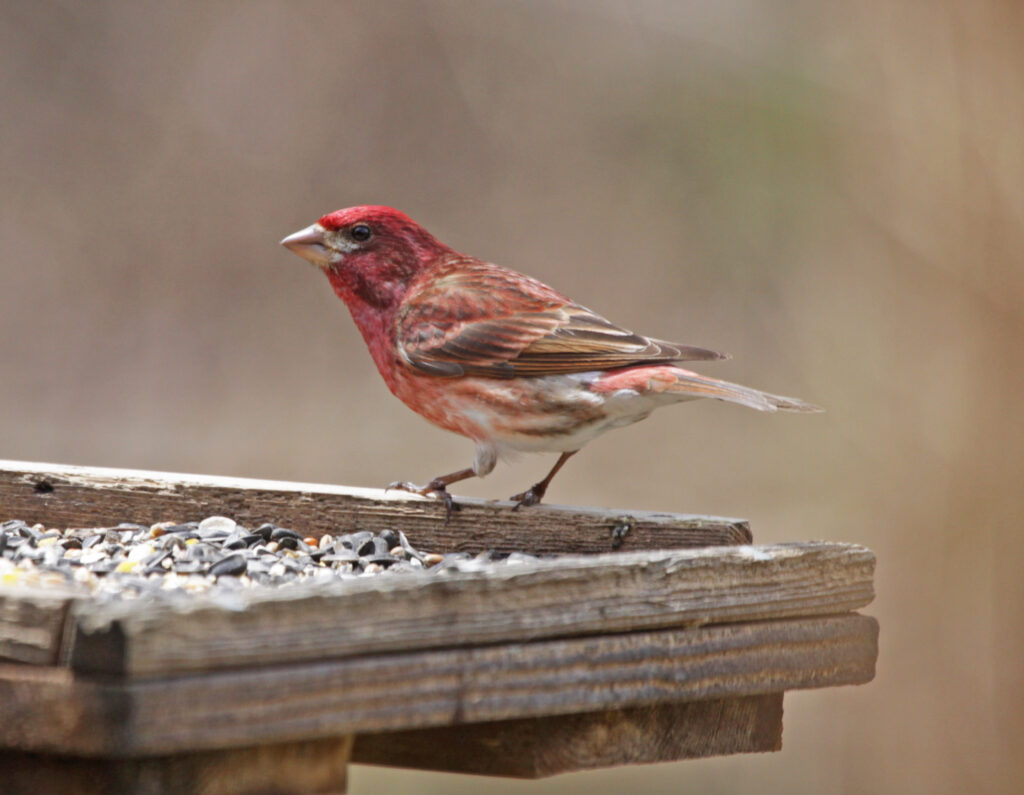 | Purple Finch |
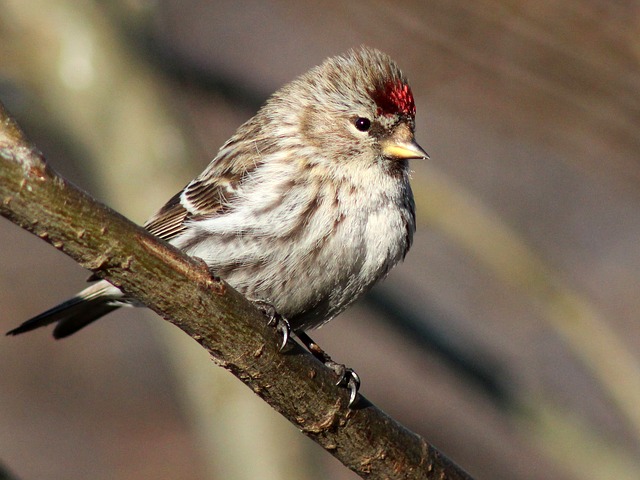 | Common Redpoll |
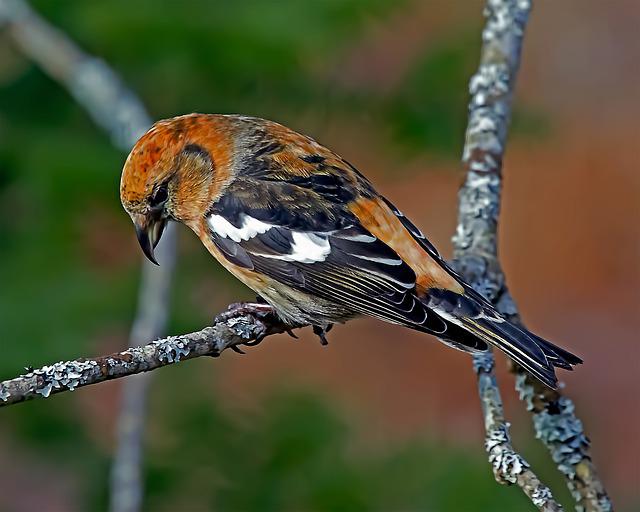 | White-winged Crossbill |
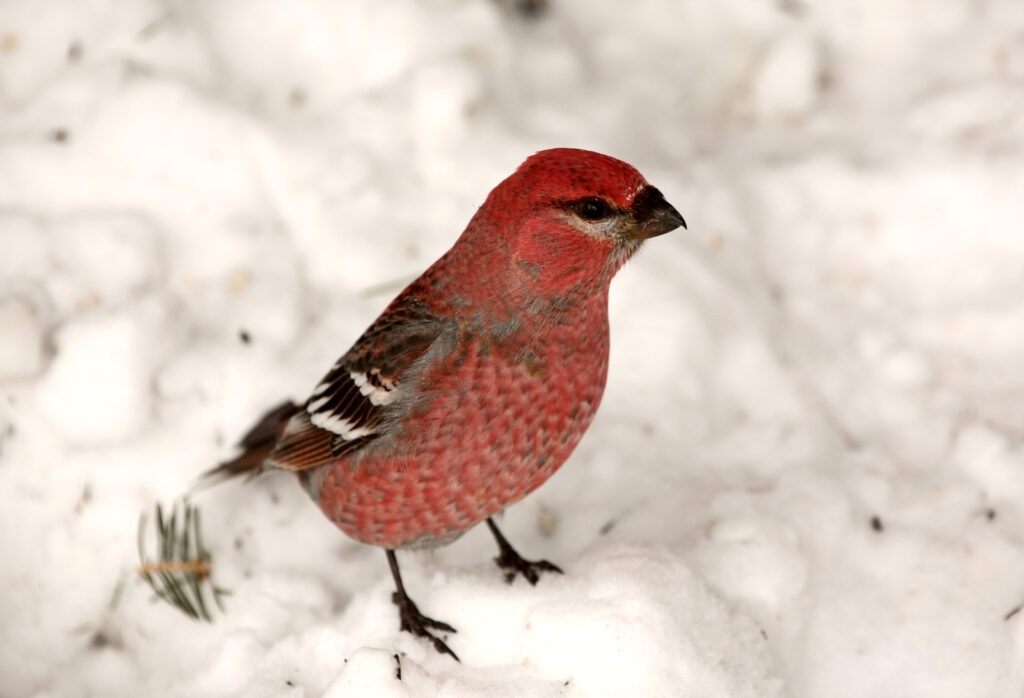 | Red Crossbill |
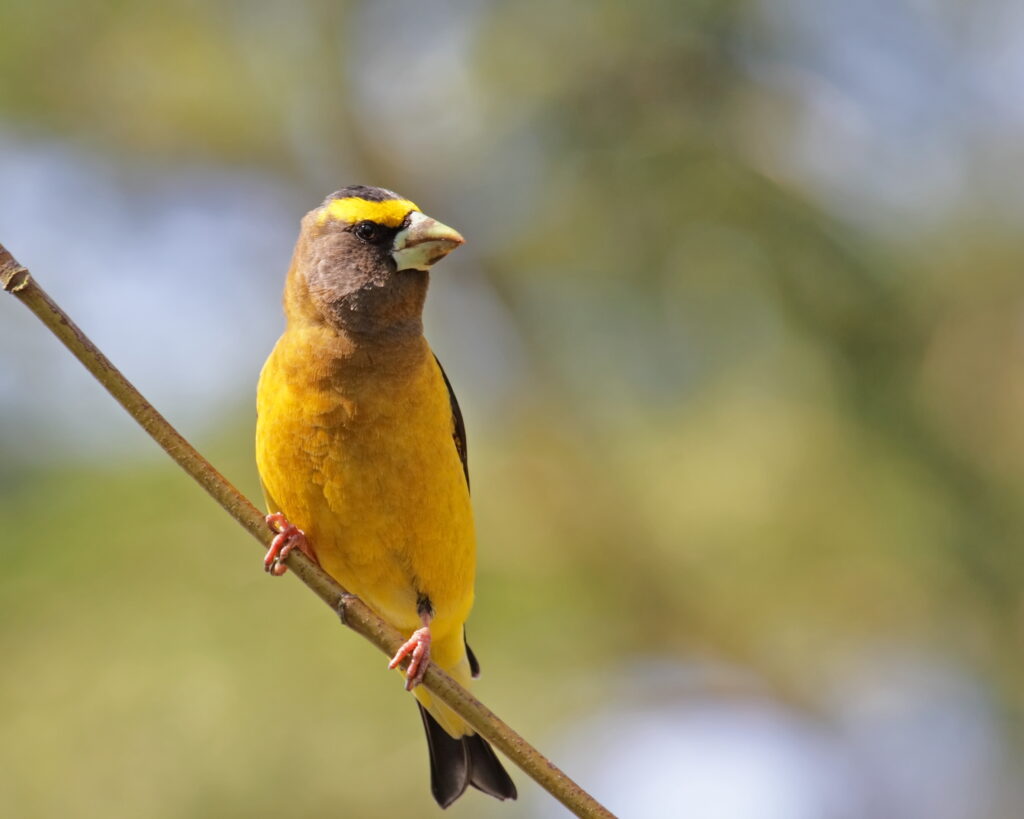 | Evening Grosbeak |
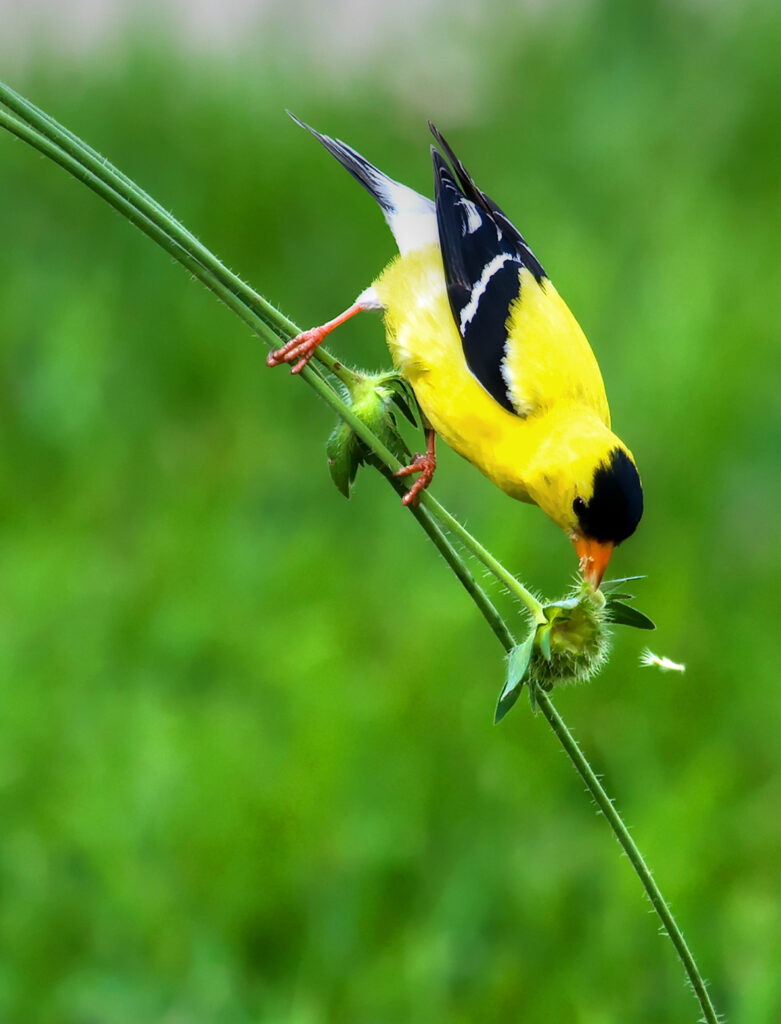 | Lesser Goldfinch |
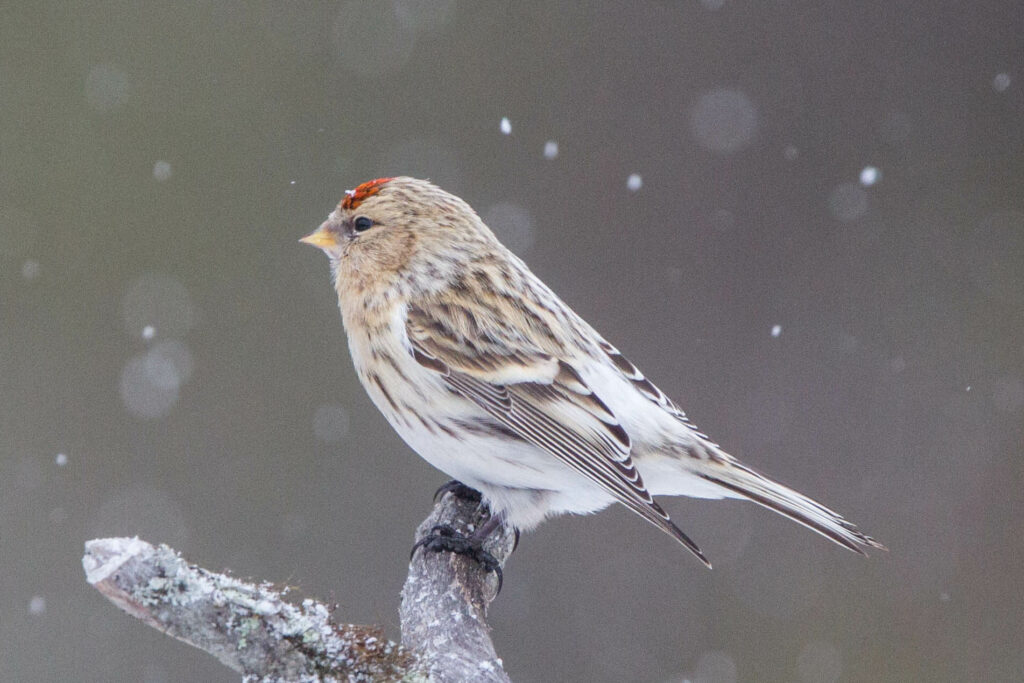 | Hoary Redpoll |
Types of Finches in Missouri
1. American Goldfinch

In Missouri, American Goldfinches are year-round residents.
In the state, they may be found on 39 % of summertime and 35 % of winter season checklists.
The American goldfinch is a much-admired bird.
In the early spring, the males are striking yellow and black.
Both sexes are a darker brown during the winter, although females are much darker.
The American Goldfinch is a widespread, year-round bird that may be spotted over most of North America.
In contrast, those which nest across the Midwest and Canada go south to the United States for the winter season.
The American Goldfinch prefers thistles, asters, and sunflowers and may be found in weedy meadows and overgrown regions.
Even suburban gardens, backyards, and parks are filled with them.
American Goldfinches often build their nests in young trees or bushes.
On these nests, the female lays about 4 to 6 eggs consisting of grasses, bark strips, and plumage.
The female nurtures her eggs for around 10 to 12 days, whereas the male provides food for her.
Planting thistles and milkweed in your garden can bring in American Goldfinches.
They are common at bird feeders and like sunflower and nyjer seed.
Brown-headed Cowbirds are notorious for depositing their eggs in a nest of American Goldfinches, but the chicks cannot survive on the seed diet provided by their parents.
2. Chipping Sparrow

Chipping sparrows possess a buffy grey chest, brown and chestnut striped wings, rusty red cap, and a black bar across the eye with white above it.
Their plumage is at its crispiest in the summertime.
It’s possible that their marks could seem less distinct throughout the winter and that their color will become more tan.
They are the common sparrows, and they like to forage for food in open areas.
Only during the summer and spring seasons can you find chipping sparrows everywhere in the state of Missouri.
Chipping Sparrows are frequently seen at bird feeders in backyards, and they frequently choose to forage for food on the ground rather than flying about the feeder.
They may be enticed with sunflower and mixed seed, particularly if it is strewn around on the ground.
3. House Finch

The house finch spends every season across Missouri.
They are not migratory but are nonetheless seen on 23% of summertime and 28% of winter season checklists provided by birdwatchers in the region.
Male House Finches are mostly brown with red streaking on the head and chest.
Females have dark streaks all over their bodies.
Although the Purple Finch was exclusive to the western United States, House Finches were brought to the east and have now been pushed to extinction.
House Finches are often seen in large, loud flocks in open areas such as parks, farms, woodland margins, and backyard feeders.
Fruit, seeds, and buds are the main sources of food for them.
The House Finch’s nest is often discovered in dense vegetation, shrubs, natural, hollow spaces, and man-made structures.
The female creates them from twigs, leaves, grass, and plumage.
They lay 2 to 8 eggs at once, and the incubation period may last a maximum of two weeks.
House Finches may be attracted to your garden by placing milo, millet, nyjer seeds, or black oil sunflower seeds in tube feeders or on platform feeders.
Domesticated finches, or house finches, were sent to Long Island.
Upon being in the wild, they quickly reproduced and rapidly spread over the eastern United States.
4. Pine Siskin

Pine Siskins may be spotted flying throughout Missouri on their annual migration, however, some of these birds spend the winter in the southern part of the state.
In October and May, you have a chance to see them, and around 3% of winter season checklists include them.
Pine Siskins are little brown finches that have yellow streaks in both their wings and their tails.
They possess a small pointed beak, pointed wings, and a tail that is forked in the middle.
Pine Siskins spend the whole year in the pine woods of western states and near the border with Canada.
Breeding occurs for some of them across Canada before they go south for the winter.
They may be found throughout a large portion of North America, however, their distribution is highly dependent on the pine cone crop.
Pine Siskins mostly consume seeds from conifers, as their name may imply, but they will also consume fresh buds and seeds from grasses and weeds if given the opportunity.
Nests of Pine Siskins are typically constructed 10 to 50 feet above the ground, distant from the tree trunk, and anywhere from 10 to 25 feet in width.
The nests are often constructed from twigs, moss, and bark, and they may hold about 3 to 5 eggs.
The eggs will not hatch for around 13 days after being laid.
Thistle and Nyjer feeders, as well as those with suet and black oil sunflower seeds, are great ways to get Pine Siskins to visit your gardens.
The chirping of the Pine Siskin is where the word “siskin” originated. Therefore, we may refer to it as a “pine chirper”.
5. Purple Finch

Purple Finches are migratory birds that spend the winter in Missouri.
They begin to arrive in the state in September, and some of them linger until June.
The best time to see them is from October through around mid-May.
They are seen on 9% of wintertime checklists throughout the state.
Male Purple Finches possess heads and chests that are more of a reddish-purple color, while their wings and backs are more brown, and their bellies are lighter.
The females are completely covered with brown streaks.
They have a fairly similar appearance to the House Finch, although they are reddish overall, particularly at the top of their backs.
Although they breed across Canada and spend the winter in the eastern states.
Purple Finches may be seen throughout the year in the northeastern states and along the Pacific coast.
The Purple Finch is native to evergreen woodlands, where it may be seen eating seeds as well as berries, buds, and nectar.
Nests of Purple Finches are often found on the uppermost branches of trees.
They are formed of twigs, bark, weeds, and moss, among other things.
They typically carry between 3 and 5 eggs, each of which is incubated for twelve days by the female.
Black oil sunflower seeds are an excellent way to bring Purple Finches to your gardens and backyards.
The Purple Finch is the official bird of the state of New Hampshire.
6. Common Redpoll

The Common Redpoll is a bird that is seldom seen in Missouri, although from November to around the middle of April, it is possible to observe one here.
The Common Redpoll is a little bird that has a red forehead and a brown body with brown and white streaks throughout the rest of its body.
In addition, men have pink breasts, while females do not.
They possess relatively short, notched tails and tiny bills for finches.
The Common Redpoll is a bird that is native to Canada’s Arctic and spends its winters in the remainder of Canada, the northern states of the United States, and, less commonly, the central states.
During the winter months, they may sometimes dig burrows into the snow in order to maintain their body temperature as they sleep.
They are able to consume up to 42% of their body weight on a daily basis and have the capacity to store a maximum of two grams of seeds in a stretchable park located in the lower portion of their esophagus.
You can find Common Redpolls eating catkins on trees or in weedy areas, but they’ll also come to feeders for tiny seeds like nyjer seeds or thistle.
The nests of Common Redpolls may be found in the cracks and crevices of rocks or thick, low-growing bushes.
Feathers, moss, animal hair, and plant matter are often used in the construction of nests because these materials retain heat better than others and help keep the nest and its contents warm.
The female will hatch from about 4 to 7 eggs, which she will then incubate for around 11 days.
Even after they have emerged from their eggs, the young birds continue to remain in the nest for another two weeks as their parents continue to care for them.
Feeding Common Redpolls shelled sunflower seeds, and nyjer seeds can encourage them to visit and nest in your garden.
The Common Redpoll is able to avoid death by freezing even at temperatures as low as -65 degrees Fahrenheit.
They add around 35 percent more feathers on their coats in order to keep warm.
7. White-winged Crossbill

White-winged Crossbills are a species that is thought to be uncommon in the state of Missouri; however, there have been sightings documented in recent years.
Finches having massive, crisscrossed beaks are called White-winged Crossbills.
Red birds have black tails and wings, and two white wing bars characterize the males of this species.
The females appear yellow and brown in color, and they have two white wing bands.
The White-winged Crossbill is native to the woods of Alaska and Canada, and it may also be seen across the northern United States during years when there is a lack of cone crops farther north.
In spruce woods, you may come across White-winged crossbills, which subsist on seeds.
The White-winged Crossbill makes its home among the branches of horizontally growing trees.
The materials that go into their construction include moss, bark, twigs, lichens, and grass.
There might be as many as five eggs in a nest, and the female will tend to them for a period of two weeks in order to ensure that they hatch successfully.
Unusually for birds, these ones may have their young at any time of the year as long as they have adequate food.
They are frequently heard congregating in great numbers.
8. Red Crossbill

Although the Red Crossbill is classified as an uncommon or accidental species within the state of Missouri, there have been documented sightings of the bird in recent years.
Male Red Crossbills have darker-colored wings and tails, and their bodies are a brighter shade of red.
Females are characterized by their brown and golden coloring.
Their mouth parts have a peculiarly twisted morphology that forms a cross when they are closed.
They possess slits cut into the backs of their tails.
The juveniles have a browner appearance than the adults.
In the eastern states, red crossbills spend the winter months only if there are insufficient cone crops in the northern and western states where they spend the rest of the year.
You are most likely to see Red Crossbills among coniferous woods, although you could also see them foraging for food along roadside ditches early in the morning.
They subsist on the seeds of conifers and forage in large flocks, moving from tree to tree in search of food.
Their strong beaks can even crack closed cones.
Near the top of a pine tree is where you will find the Red Crossbills’ nests.
They resemble shallow saucers and are covered with plants and moss on the inside.
The roots, bark, and grass used to construct them serve as the outside layer.
The female will hatch from about 3 to 4 eggs, and it might take up to 18 days for the young to emerge from their shells.
Apple Slices, Peanut Kernels, Millet, Safflower, and Suet, together with other fruits, may all be used to entice Red Crossbills to settle in your gardens.
The Red Crossbill family is comprised of many subspecies, each of which has a distinctive beak and a unique set of flight cries.
Species of birds that have the same kind of crossbill tend to congregate together and are able to identify each other’s flight calls.
9. Evening Grosbeak

Evening Grosbeaks are a species that are endangered and hard to find in the state of Missouri, however, there have been sightings of them in recent years.
Evening Grosbeaks are large, stocky birds having disproportionately large bills and a distinctive combination of black and yellow.
The adult males possess a brilliant yellow stripe that runs across their eyes, giving them a menacing appearance.
Their heads are dark, while their breast and necks are grey, and their chests and bellies are yellow.
In addition, each of their wings has a white spot on it.
Females and immature males possess bills that are a bluish-green color, bodies that are predominantly grey, wings that are white and black, and a yellowish tint to the neck.
Evening Grosbeaks are found year-round throughout the southern portion of Canada and all the way across the west coast toward northern California.
However, when there aren’t enough cones to go around, they go south to the majority of the states in the United States.
Forests and mountainous terrain are the best places to look for Evening Grosbeaks.
In the winter, they are frequently drawn to the bird feeders that are placed in backyards, and the primary reason for this is that the feeders provide easy access to a source of food.
Evening Grosbeaks have a natural diet that consists of flower buds in the spring, bug larvae from treetops in the summer, and berries, seeds, and tiny fruit in the winter season.
During the summer, they congregate at garden feeders to consume bug larvae.
The nests of Evening Grosbeaks are often located in pine trees at heights of up to 100 feet above the ground.
The nests are haphazardly constructed and comprised of pine needles, rootlets, twigs, grass, and moss, among other materials.
Typically, the female will lay about 1 to 5 eggs, which she will then tend to for the next two weeks until they’re ready to hatch.
Berries, maple buds, and sunflower seeds are three foods that can entice Evening Grosbeaks to spend the winter in your garden.
Evening Grosbeaks have such strong bills that they’re able to break seeds that are difficult to open for other smaller birds.
Because of this, these birds stick around to consume whatever is left over after the other birds have finished eating.
10. Lesser Goldfinch

The Lesser Goldfinch is a species that has just recently been discovered in Missouri and is thus designated an accidental species in the state.
In 2016, they were last seen in the Mapleview Park area.
Little bright yellow and black songbirds, Lesser Goldfinches have long, pointy wings and small, hooked tails.
Females appear olive on the back and a less vibrant yellow on the belly.
The Lesser Goldfinch is an all-year resident of the southwestern United States and the western coast, although its breeding population in the interior of the western United States migrates south for the winter.
Lesser Goldfinches congregate in large groups in open areas like lawns, parks, and other landscaped areas, as well as in weedy meadows and thickets.
They eat a variety of seeds, although sunflower seeds are their favorite.
They also eat coffeeberry and elderberry fruits and the buds of willow, cottonwood, alder, and sycamore trees.
Lesser Goldfinches often construct their nests around the base of a tree or a shrub.
A nest of bark, twigs, rootlets, and leaves is what the female uses to house her 3 to 6 eggs.
It may take her up to 12 days of incubation for the eggs to hatch.
Use tube feeders or platform feeders filled with nyjer and sunflower seeds to entice Lesser Goldfinches toward your gardens.
11. Hoary Redpoll

Hoary Redpolls were last seen in the Brashear area of Missouri in 2015.
They are thought to be an accidental or uncommon species there.
The Hoary Redpoll is a little and tough bird worth looking out for.
The adults are often white in color with a reddish forehead band.
Adult males and females seem different, although both possess reddish breasts.
Males don’t have as many belly stripes as females do.
The appearance of juveniles is quite distinct; they lack a red spot on the forehead and are mostly grey with many streaks over the body.
Hoary Redpolls spend the summers breeding in the Arctic and migrate only short distances south for the winter.
During the summertime, Hoary Redpolls may be seen in both closed tundra birch woods and open subarctic forest lands.
Open forests, weedy meadows, and scrub are where you may find them throughout the winter when they are closer to human habitation.
Alder and birch tree seeds, as well as insects, make up the bulk of their diet.
The Hoary Redpoll builds its nests in inconspicuous places, such as rock outcroppings, tree cavities, and thickets of bushes.
Twigs, rootlets, and grass provide the framework for the nest, which is then lined using soft grass feathers and padded with animal fur.
On average, they have a clutch size of 5 eggs, and that clutch takes around 10 days to hatch.
In around 2 weeks, the young will have fledged.
Hoary Redpolls may shed feathers from their bodies if the temperature rises too high and will regrow later.
Conclusion
In conclusion, the world of finches in Missouri is both diverse and fascinating.
From the bright yellow plumage of the American Goldfinch to the distinctive beak of the Evening Grosbeak, each species has its own unique characteristics and behaviors that make them a joy to observe.
Whether you’re a casual bird watcher or a dedicated ornithologist, Missouri’s finches offer a wealth of opportunities for observation, study, and appreciation.
So the next time you’re out in nature, keep an eye and an ear out for these beautiful birds and take a moment to marvel at their incredible adaptations and songs.
With their stunning colors and delightful melodies, it’s no wonder that finches have captured the hearts and imaginations of people around the world for centuries.
FAQ
What is the most common type of finch found in Missouri?
The American Goldfinch is the most common type of finch found in Missouri.
Where do finches live in Missouri?
Finches can be found in a variety of habitats in Missouri, including forests, grasslands, and suburban areas.
Do finches migrate?
Some finch species, such as the Pine Siskin and Evening Grosbeak, migrate south for the winter. However, many finches, such as the American Goldfinch, stay in Missouri year-round.
Can I attract finches to my backyard?
Yes, you can attract finches to your backyard by providing food and water, as well as nesting materials. Finches are particularly fond of thistle and sunflower seeds.
Are finches endangered in Missouri?
No, none of the 11 types of finches found in Missouri are currently considered endangered. However, habitat loss and other threats can impact their populations.
Last Updated on May 15, 2023 by Lily Aldrin
